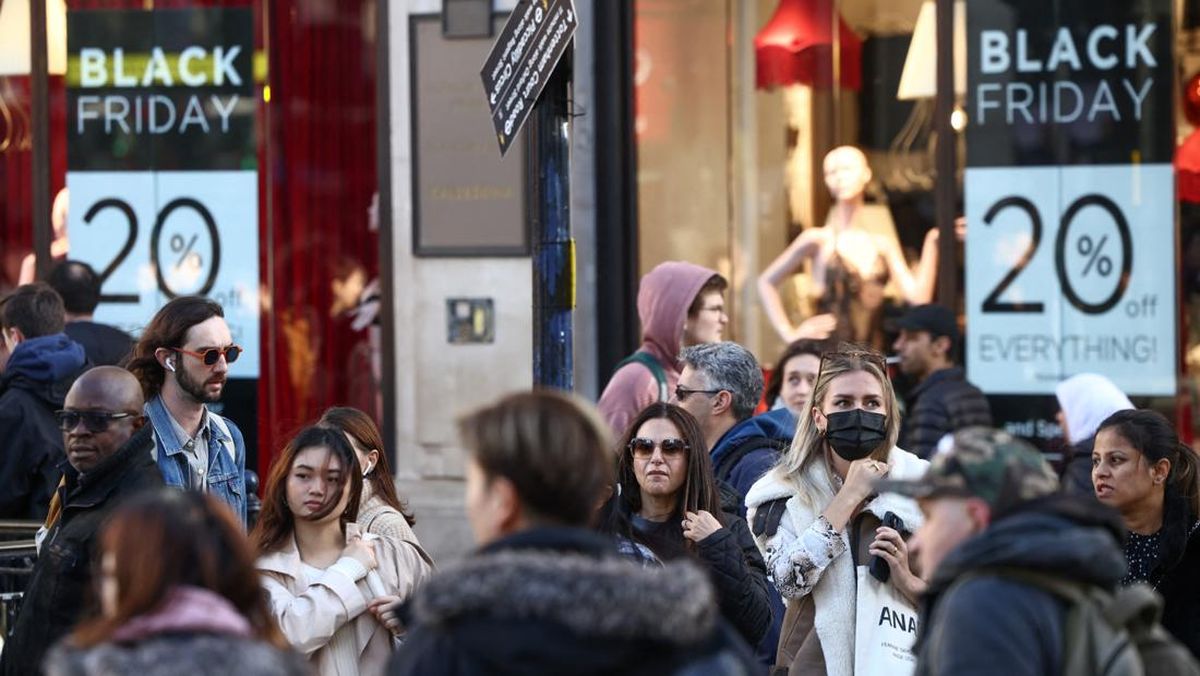A Comprehensive Guide to Black Friday Deals
Black Friday, the day following Thanksgiving in the United States, has evolved into one of the largest global shopping events. What began as a day of post-holiday sales in brick-and-mortar stores has exploded into a sprawling, multi-platform extravaganza. Both online and offline retailers offer irresistible deals, and for many consumers, Black Friday represents a chance to snag coveted products at steep discounts. Understanding how to navigate these deals effectively can save not only money but also time and effort.

The Origins and Evolution of Black Friday
Black Friday’s origins can be traced back to the 1950s when retailers began offering post-Thanksgiving sales to kick-start the holiday shopping season. The term “Black Friday” became widely known in the 1960s, referring to the period when retailers’ finances would move from “in the red” (operating at a loss) to “in the black” (operating at a profit) due to the surge in sales.
While initially confined to in-store promotions, the rise of e-commerce has transformed Black Friday into a hybrid event. Major retailers now offer online-exclusive deals, and the shopping frenzy often extends well beyond the traditional 24 hours, lasting through the weekend and into the following week, known as Cyber Monday. This digital expansion has democratized the event, allowing smaller retailers and global consumers to participate in the shopping bonanza.
What to Expect During Black Friday Sales
Discounts Across a Variety of Categories
Black Friday deals span nearly every product category, making it an ideal time to shop for items ranging from electronics and home appliances to clothing, beauty products, and even travel packages. Electronics tend to dominate the sales, with televisions, smartphones, and gaming consoles being the most sought-after items. Retailers like Best Buy, Amazon, and Walmart often feature these products at discounts ranging from 20% to 50% off.
Fashion brands also seize the opportunity to clear out their seasonal inventories, offering substantial markdowns on apparel, footwear, and accessories. Luxury brands, which rarely go on sale during other times of the year, may also offer enticing deals, attracting a broader range of consumers looking for premium goods.
Home goods and appliances are another major category, with kitchen gadgets, furniture, and smart home devices often deeply discounted. Retailers like Home Depot and Lowe’s typically use this time to promote large home appliances like refrigerators, washers, and dryers.
Doorbusters: High Demand, Limited Supply
One of the most iconic elements of Black Friday shopping is the “doorbuster” deal—highly discounted, limited-quantity items designed to draw in large crowds. These are often available early in the morning or right at midnight when the sales begin, encouraging eager shoppers to camp outside stores or wait online.
Doorbusters can offer substantial savings, but they come with a catch: limited stock. Most retailers only have a finite number of these deeply discounted items, and they tend to sell out within minutes. Consumers who hope to secure these deals need to be well-prepared, either by arriving at stores early or setting up online accounts and wishlists ahead of time for a smoother checkout process.
Online Shopping: The Digital Battlefield
While in-store Black Friday shopping once dominated, online shopping has increasingly become the go-to method for many consumers. Online deals are more convenient, and the ability to compare prices across multiple retailers with ease makes the process efficient. However, the online space has its own set of challenges.
The Importance of Early Access
Many retailers now offer early access to Black Friday deals for loyal customers or those who sign up for email notifications. This can be a significant advantage, allowing shoppers to purchase items before they sell out. Retailers like Amazon, for example, often release early deals for Prime members, giving them first dibs on discounted products.
Some brands also extend their sales beyond Black Friday, with pre-Black Friday events and extended Cyber Week promotions, ensuring that consumers who miss the initial rush can still find deals.
Beware of Dynamic Pricing
Dynamic pricing is another factor that has reshaped the online Black Friday experience. This practice involves retailers adjusting prices in real time based on demand, inventory levels, and even the browsing history of individual shoppers. This means that a product may fluctuate in price multiple times throughout the day, creating uncertainty around the best time to buy.
To combat this, consumers can utilize price tracking tools and browser extensions to monitor price changes and ensure they’re getting the best deal. Services like CamelCamelCamel and Honey track the price history of items on platforms like Amazon, helping shoppers make more informed decisions.
Strategies for Navigating Black Friday Deals
Make a List and Set a Budget
Given the sheer volume of deals available, it’s easy to get swept up in the excitement and make impulsive purchases. The best way to avoid this is to create a shopping list in advance, focusing on items you genuinely need or have been planning to purchase. Prioritize high-ticket items, especially if you’ve been waiting for a price drop.
In addition to making a list, setting a budget is crucial. Overspending during Black Friday is a common pitfall, particularly when items are heavily discounted. Allocating a specific amount for each category—whether electronics, clothing, or home goods—can help curb impulse buying and ensure you stick to your financial goals.
Compare Prices Across Retailers
Price comparison is a vital tactic for making the most out of Black Friday. Many retailers offer similar products, especially in categories like electronics, so comparing prices can yield significant savings. Tools like Google Shopping or browser extensions like PriceBlink can quickly show price variations across different platforms.
Additionally, checking price-matching policies can work in your favor. Some retailers offer to match or even beat competitors’ prices, making it worthwhile to explore all options before making a final purchase.
Keep an Eye on Shipping Costs
While online shopping offers convenience, it also comes with the added cost of shipping. Some retailers mitigate this by offering free shipping on Black Friday, but it’s essential to check whether this applies to your cart. Shipping fees can quickly eat into the savings from discounted products.
Moreover, consumers should be mindful of delivery times. Due to the surge in orders, shipping delays are common during the Black Friday period. For time-sensitive purchases, such as holiday gifts, choosing expedited shipping or purchasing from stores with local pickup options might be a better choice.
Conclusion: Maximizing Your Black Friday Experience
Black Friday offers an unparalleled opportunity to find great deals on products across virtually every category. However, successfully navigating this shopping event requires planning, patience, and a strategic approach. By preparing in advance, comparing prices, and being mindful of budget and shipping considerations, shoppers can make the most of the Black Friday deals while avoiding common pitfalls. Whether shopping online or in-store, Black Friday remains a day of opportunity, offering a chance to indulge in smart, value-driven purchases as the holiday season approaches.


